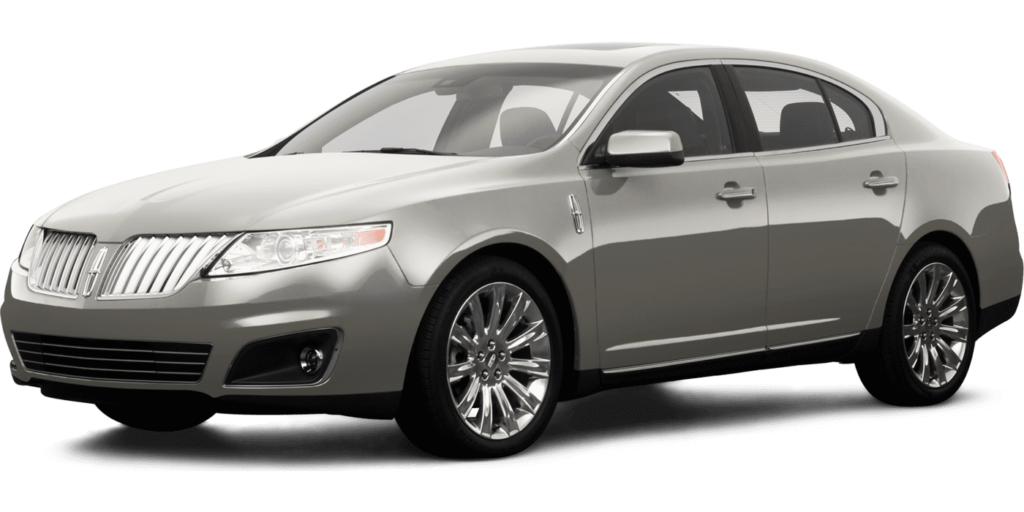The all-new Lincoln MKC debuted at the 2013 Los Angeles International Auto Show. Its concept was unveiled a year earlier at the Detroit Auto Show. In fact, the model is a more expensive and comfortable version of the second generation Ford Escape, known in the domestic market as the 2nd generation Kuga. The manufacturer borrowed the platform, installed engines of the Ecoboost series, reshaped the interior and tweaked the exterior.
Distinguishing a new product from its source is not difficult. Striking narrow, elongated headlights with fanciful sections of LED daytime running lights and small focusing lenses. The radiator grille consists of many thin horizontally-oriented fins and is divided in half by an overlay with the manufacturer’s logo. Below it, on the front bumper, you can see a large air intake, decorated in the same style and a silver protective strip on the lower edge.
How much oil does a Lincoln MKC take?
The 2019 Lincoln MKC with the 2.3L 4-cyl engine takes 5.7 quarts (with filter) of 5W-30 synthetic oil. The Lincoln MKC with a 2L 4-cyl engine takes 5.7 quarts (with filter) of 5W-30 synthetic oil. A new oil filter and a crush washer are required.
2015 2016 2017 2018 2019 Lincoln MKC Engine Oil Capacity
| Engine | Engine Oil Capacity (with filter) | Oil type (recommended) |
| 2.0L 4-cyl Engine [9] Turbo | 5.4 liters (5.7 quarts) | 5W-30 |
| 2.3L 4-cyl Engine [H] Turbo | 5.4 liters (5.7 quarts) | 5W-30 |
2015 2016 2017 2018 2019 Lincoln MKC Transmission Fluid Capacity
| Transmission | Fluid capacity | Fluid type |
| 6 speed 6F35 automatic transmission | Total Fill 8.5 litres (9 quarts) | MLV |
The powertrain of the crossover consists of two Ecoboost engines, mated exclusively to six-speed automatic transmissions of variable transmissions. By default, front-wheel drive, however, for additional money, you can buy a version with the Intelligent AWD system.
Under the hood of the basic versions, there is a two-liter turbocharged petrol four. It produces 240 horsepower at 5500 rpm and 366 Nm of torque at 3000 rpm. Depending on the type of drive, the crossover accelerates to the first hundred in just 7.4-7.6 seconds and reaches a maximum of 223-226 kilometers per hour. Fuel consumption is expectedly high. The car consumes 11.8-12.4 liters of gasoline per hundred kilometers at an urban pace, 8.1-9 liters during a measured trip on the highway and 10.2-10.7 liters in a combined cycle.
Top-end configurations are equipped with a similar 2.3-liter engine. The increased displacement allowed the engineers to squeeze out 285 horses at 5500 rpm and 414 Nm of torque at 3000 rpm. The engine mates exclusively with the all-wheel-drive transmission. As a result, the crossover shoots up to a hundred in 6.5 seconds and accelerates to a maximum of 234 kilometers per hour. Fuel consumption also increased – 13.1 liters in the city, 9 liters on the highway and 11.2 liters in combined mode.

